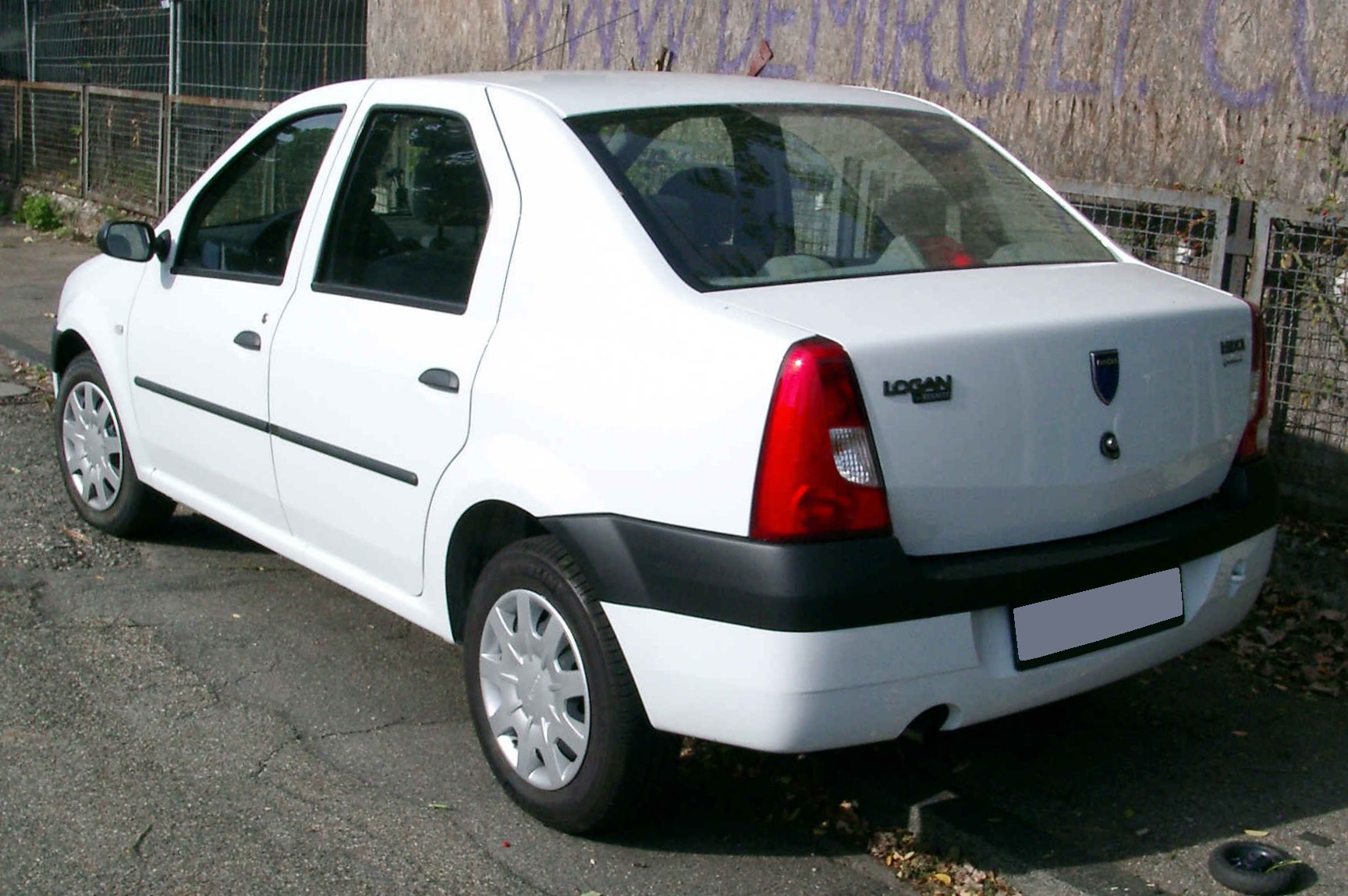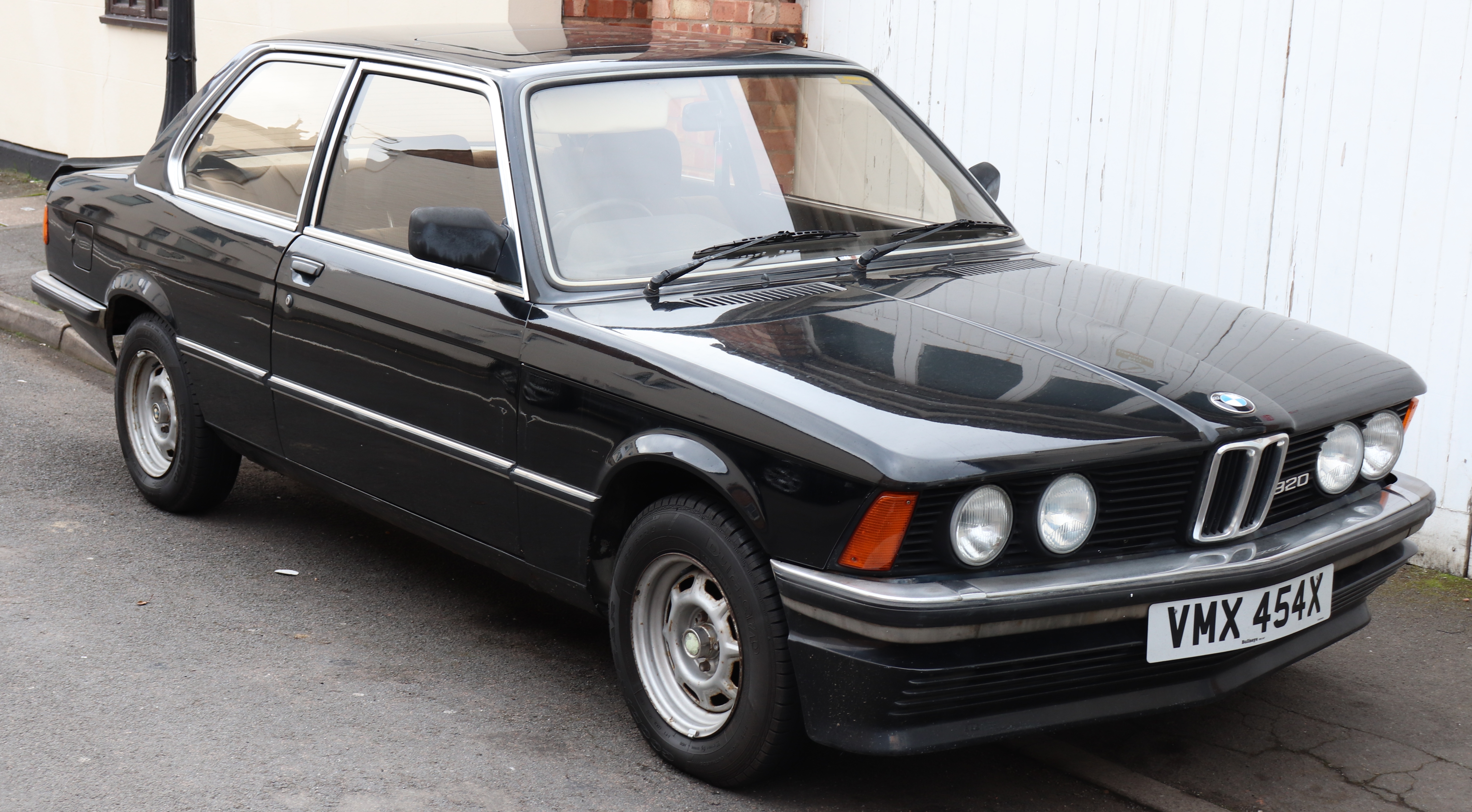|
Romanian Police
The Romanian Police (, , ) is the national police force and main civil law enforcement agency in Romania. It is subordinated to the Ministry of Internal Affairs and it is led by a General Inspector with the rank of Secretary of State. Duties The Romanian Police is responsible for: * policing in Romania * the protection of the fundamental rights and liberties of the citizens and of the private and public property * the prevention and identification of criminal offences and their perpetrators * maintaining the public order and safety Organization General Inspectorate of Romanian Police is the central unit of police in Romania, which manages, guides, supports and controls the activity of the Romanian police units, investigates and analyses very serious crimes related to organized crime, economic, financial or banking criminality, or to other crimes which make the object of the criminal cases investigated by the Prosecutor's Office attached to the High Court of Cassation and Jus ... [...More Info...] [...Related Items...] OR: [Wikipedia] [Google] [Baidu] |
Bucharest
Bucharest ( , ; ) is the capital and largest city of Romania. The metropolis stands on the River Dâmbovița (river), Dâmbovița in south-eastern Romania. Its population is officially estimated at 1.76 million residents within a greater Bucharest metropolitan area, metropolitan area of 2.3 million residents, which makes Bucharest the List of cities in the European Union by population within city limits, 8th most-populous city in the European Union. The city area measures and comprises 6 districts (''Sectors of Bucharest, Sectoare''), while the metropolitan area covers . Bucharest is a major cultural, political and economic hub, the country's seat of government, and the capital of the Muntenia region. Bucharest was first mentioned in documents in 1459. The city became the capital in 1862 and is the centre of Romanian media, culture, and art. Its architecture is a mix of historical (mostly History of architecture#Revivalism and Eclecticism, Eclectic, but also Neoclassical arc ... [...More Info...] [...Related Items...] OR: [Wikipedia] [Google] [Baidu] |
Coat Of Arms Of The Romanian Police
The heraldic ensigns of the Romanian Police consist of the following elements: large blue shield with a crusader golden eagle, having its head turned to the right, red peak and claws, open wings, holding a silver sword in its right claw; the green olive branch, symbolizing peace and order, replacing the mace from the coat of arms of the country. The small blue shield, placed on the eagle’s chest, having a golden balance having its scales well-balanced, in the upper part, and, in its lower part, two Roman fasces, crossed and natural; at the bottom of the external shield, on a white scarf, the motto of the ministry is written in black: . The balance symbolizes the social justice, highlighting the competence of the institution in the field of law enforcement. The Roman fasces evoke the attributions of the Romanian Police in a lawful state, as a guarantee of public order. References *Website of the Romanian Ministry of Interior and Administrative Reform* {{Romanian heraldry Police ... [...More Info...] [...Related Items...] OR: [Wikipedia] [Google] [Baidu] |
Fraud
In law, fraud is intent (law), intentional deception to deprive a victim of a legal right or to gain from a victim unlawfully or unfairly. Fraud can violate Civil law (common law), civil law (e.g., a fraud victim may sue the fraud perpetrator to avoid the fraud or recover monetary compensation) or criminal law (e.g., a fraud perpetrator may be prosecuted and imprisoned by governmental authorities), or it may cause no loss of money, property, or legal right but still be an element of another civil or criminal wrong. The purpose of fraud may be monetary gain or other benefits, such as obtaining a passport, travel document, or driver's licence. In cases of mortgage fraud, the perpetrator may attempt to qualify for a mortgage by way of false statements. Terminology Fraud can be defined as either a civil wrong or a criminal act. For civil fraud, a government agency or person or entity harmed by fraud may bring litigation to stop the fraud, seek monetary damages, or both. For cr ... [...More Info...] [...Related Items...] OR: [Wikipedia] [Google] [Baidu] |
Dacia Duster
The Dacia Duster is a family of Subcompact crossover SUV, subcompact crossovers produced and marketed jointly by the France, French manufacturer Renault and its Romanian subsidiary Automobile Dacia, Dacia since 2010, currently in its third generation. It is marketed as the Renault Duster in certain markets such as Latin America, Russia, Ukraine, Asia, the Middle East, South Africa, Australia and New Zealand. The first generation was rebadged and restyled as the Nissan Terrano in Commonwealth of Independent States, CIS countries and India. It was introduced in March 2010, and is the third model of the Dacia brand based on the Dacia Logan, Logan platform, after the Dacia Sandero, Sandero. The four-door double cab Pickup truck, pick-up was launched at the end of 2015 in South America, marketed as the Renault Duster Oroch, while the single cab Dacia Duster Pick-Up was introduced in 2020. __TOC__ First generation (HS; 2010) Design The Duster was initially introduced in the ic ... [...More Info...] [...Related Items...] OR: [Wikipedia] [Google] [Baidu] |
Dacia Logan
The Dacia Logan is a family of automobiles produced and marketed jointly by the French manufacturer Renault and its Romanian subsidiary Dacia since mid-2004, and was the successor to the Dacia 1310 and Dacia Solenza. It has been produced as a sedan, station wagon, and as a pick-up. It has been manufactured at Dacia's automobile plant in Mioveni, Romania, and at Renault (or its partners') plants in Morocco, Brazil, Argentina, Turkey, Russia, Colombia, Iran and India. The pick-up has also been produced at Nissan's plant in Rosslyn, South Africa. It has also been marketed as the Renault Logan, Nissan Aprio, Mahindra Verito, Renault L90, Lada Largus (the MCV), Nissan NP200 (the pick-up), Renault Symbol (Mk3), Renault Taliant, and as the Renault Tondar 90 depending on the existing presence or positioning of the Renault brand. Since its launch, the Dacia Logan was estimated to have reached over 4 million sales worldwide as of 2018. __TOC__ First generation (L90/U90/ ... [...More Info...] [...Related Items...] OR: [Wikipedia] [Google] [Baidu] |
BMW 3 Series
The BMW 3 series is a line of compact executive cars manufactured by the German automaker BMW since May 1975. It is the successor to the 02 series and has been produced in seven generations. The first generation of the 3 Series was only available as a 2-door saloon; the model range expanded to include a 4-door saloon, 2-door convertible, 2-door coupé, 5-door estate, 5-door liftback (" Gran Turismo"; discontinued in 2019) and 3-door hatchback body styles. Since 2013, the coupé and convertible models have been marketed as the 4 Series; these styles no longer being included in the 3 Series. The 3 Series is BMW's best-selling model, accounting for around 30% of the BMW brand's annual total car sales, and has won numerous awards throughout its history. The M version of the 3 series, M3, debuted with the E30 M3 in 1986. __TOC__ First generation (E21; 1975) The E21 replaced the 02 Series and was initially available as a 2-door sedan (also described as coupé). At la ... [...More Info...] [...Related Items...] OR: [Wikipedia] [Google] [Baidu] |
Romanian Police BMW 3 Series G20 LCI 3 (cropped)
Romanian may refer to: *anything of, from, or related to the country and nation of Romania **Romanians, an ethnic group **Romanian language, a Romance language ***Romanian dialects, variants of the Romanian language **Romanian cuisine, traditional foods **Romanian folklore *'' The Romanian: Story of an Obsession'', a 2004 novel by Bruce Benderson *''Românul ''Românul'' (, meaning "The Romanian"; originally spelled ''Romanulu'' or ''Românulŭ'', also known as ''Romînul'', ''Concordia'', ''Libertatea'' and ''Consciinti'a Nationala''), was a political and literary newspaper published in Bucharest, Ro ...'' (), a newspaper published in Bucharest, Romania, 1857–1905 See also * * {{disambiguation Language and nationality disambiguation pages ... [...More Info...] [...Related Items...] OR: [Wikipedia] [Google] [Baidu] |
Județ
A (, plural ) is an administrative division in Romania, and was also used from 1940 to 1947 in the Moldavian Soviet Socialist Republic and from 1998 to 2003 in Moldova. There are 41 in Romania, divided into municipii (municipalities), ''orașe'' (cities) and ''comune'' (communes). Each has a county seat (''reședință de județ'') which serves as its administrative capital; this designation usually belongs to the largest and most developed city in the respective county. The central government is represented by one prefect in every . The capital, Bucharest, is not a , but a special municipality with identical functions, which also acts as the county seat of Ilfov. Etymology In the Romanian Principalities, the was an office with administrative and judicial functions, corresponding to both judge and mayor. The word is etymologically rooted in the Latin "judicium", and is therefore cognate to other administrative institutions like the Sardinian '' giudicati'', or terms lik ... [...More Info...] [...Related Items...] OR: [Wikipedia] [Google] [Baidu] |
Serviciul Pentru Intervenții și Acțiuni Speciale
The ''Serviciul pentru Intervenții și Acțiuni Speciale'' (''Special Actions and Intervention Service'', SIAS) is a Romanian Police task force created in 1995 as part of the Counter-Organized crime Organized crime is a category of transnational organized crime, transnational, national, or local group of centralized enterprises run to engage in illegal activity, most commonly for profit. While organized crime is generally thought of as a f ... Squad. Duties Its roles include seizing and neutralizing dangerous or armed criminals, and handling hostage crisis. SIAS also helps to rescue people in disasters in any area of the country in cooperation with the aviation unit of the Ministry of Administration and Interior. SIAS ensures the protection of policemen, witnesses and others involved in criminal investigations if they have been pressurised or threatened. SIAS also ensures protection of the heads of the Ministry of Internal Affairs, General Inspectorate of the Romanian Poli ... [...More Info...] [...Related Items...] OR: [Wikipedia] [Google] [Baidu] |
Poison
A poison is any chemical substance that is harmful or lethal to living organisms. The term is used in a wide range of scientific fields and industries, where it is often specifically defined. It may also be applied colloquially or figuratively, with a broad sense. Whether something is considered a poison or not may depend on the amount, the circumstances, and what living things are present. Poisoning could be accidental or deliberate, and if the cause can be identified there may be ways to neutralise the effects or minimise the symptoms. In biology, a poison is a chemical substance causing death, injury or harm to organisms or their parts. In medicine, poisons are a kind of toxin that are delivered passively, not actively. In industry the term may be negative, something to be removed to make a thing safe, or positive, an agent to limit unwanted pests. In ecological terms, poisons introduced into the environment can later cause unwanted effects elsewhere, or in other pa ... [...More Info...] [...Related Items...] OR: [Wikipedia] [Google] [Baidu] |




